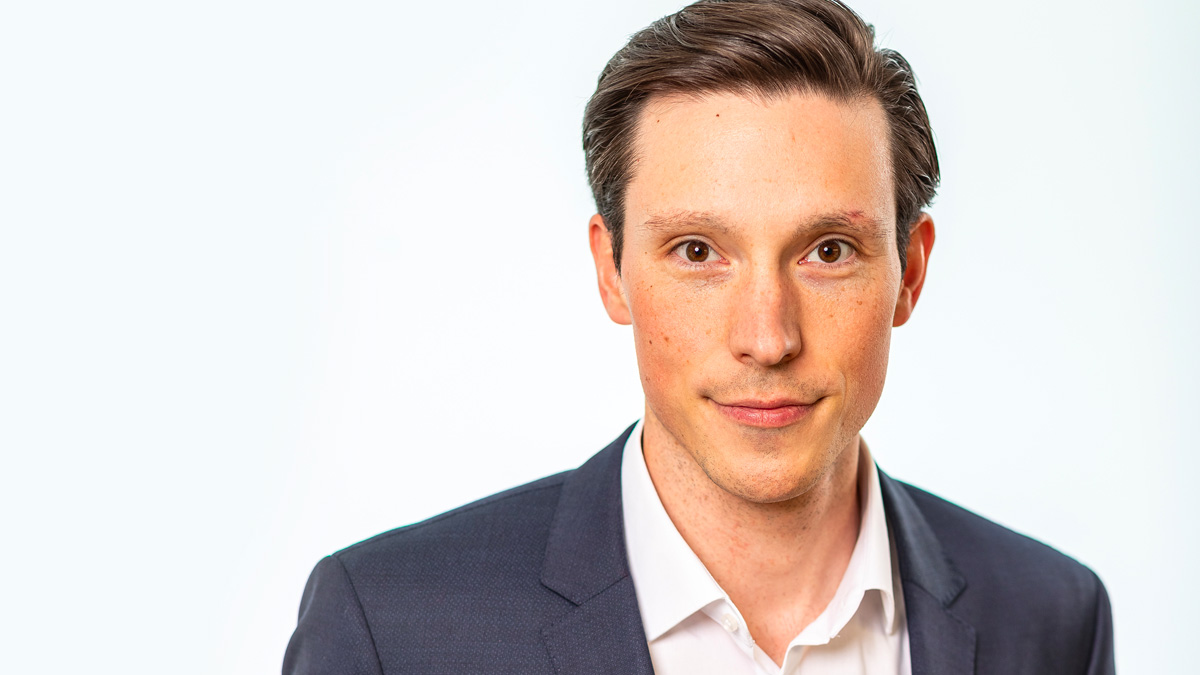.jpg?width=400&height=225&name=Evangelists-Martin%20Kraemer%20(1).jpg) Reliable energy is the backbone of any modern society. It powers our homes, industries, and economies. But what happens when this essential infrastructure becomes a target for cyberattacks? In Europe, the energy sector is facing an escalating threat landscape, with potentially dire consequences.
Reliable energy is the backbone of any modern society. It powers our homes, industries, and economies. But what happens when this essential infrastructure becomes a target for cyberattacks? In Europe, the energy sector is facing an escalating threat landscape, with potentially dire consequences.
A Perfect Storm: Digital Transformation and Geopolitical Tensions
The European energy sector is undergoing a significant transformation. The integration of digital technologies, smart metering, and distributed generation has improved efficiency and reliability. However, this digital shift has also created new vulnerabilities. Coupled with geopolitical tensions, particularly following Russia's invasion of Ukraine, the energy sector has become a prime target for malicious actors.
Concerns about state-sponsored cyberattacks have surged. Following the invasion of Ukraine, warnings about potential retaliation against Western sanctions through cyber warfare have become increasingly frequent. Reports indicate thousands of cyberattacks have targeted Europe’s energy grid. Notable incidents include:
- Germany: Wind energy companies experienced attacks disabling remote monitoring access to thousands of turbines. The German Chancellor has also warned of "severe threats" to cybersecurity and infrastructure from foreign adversaries
- Lithuania: A renewable energy firm was targeted by a cyberattack claimed by Russian state-backed hackers
- France: A hydroelectric power plant was breached, and multiple ransomware attacks targeted green energy firms
- Denmark: A massive cyberattack breached 22 energy companies, forcing some to operate in "island mode" by disconnecting from the main grid
- United Kingdom: Successful cyberattacks on UK utility organizations surged dramatically, with significant data theft and ransomware incidents. Organizations in the renewables sector in the UK face up to 1,000 attempted cyberattacks daily
- Finland and Sweden: Finnish utility Fortum reported facing daily cyberattacks and suspicious activity near its sites. Both countries have alleged a rise in malicious activities by Russia
The Expanding Threat Landscape: Supply Chain Vulnerabilities
The vulnerability of the energy sector extends beyond power plants. Every part of the interconnected system, including transmission lines, distribution networks, supply chain partners, and control systems, is a potential risk. The increasing global interconnection of energy systems further expands the attack surface. Even customer-level connectivity, such as solar panels and electric vehicle (EV) charging stations, creates additional vulnerable points.
Challenges in Securing the Energy Sector
Several challenges hinder the energy sector's ability to defend against cyberattacks:
- Cost: Upgrading operational technology (OT) systems and physical infrastructure can be incredibly expensive, especially for smaller green organizations
- Staff Resources: IT and security teams are often understaffed and under-resourced. There's a global shortage of cybersecurity professionals, and utilities struggle to attract and retain skilled personnel
- Uncertain Regulation: Regulatory changes often lag behind technological innovation, leading to inconsistent standards and reporting methods
- Decentralized Locations: The widespread nature of energy infrastructure makes it difficult to secure, as each point is a potential target
Consequences and Concerns
The potential consequences of cyberattacks on the energy sector are severe:
- Power Grid Vulnerabilities: Disruptions can lead to widespread power outages, impacting daily life and economic stability
- Regional Energy Disruptions: Governments across Europe are increasingly concerned about energy disruptions and are issuing preparedness guides
- Necessity of Preparedness: Having a robust response plan is crucial to minimizing the impact of cyberattacks
The Role of Phishing
Phishing is a significant threat vector in the energy sector. In fact, people remain the most targeted attack vector, with social engineering and phishing attacks being the cause of 70% to 90% of all breaches.
Phishing and social engineering enables cybercriminals to infiltrate systems and move laterally across networks. The energy sector reports a high number of operational technology (OT) and industrial control system (ICS) cybersecurity incidents driven by phishing.
The Importance of Human Risk Management
To address the human element and inherent risk it brings to any organization, organizations must employ a multi-faceted approach.
This includes frequent security awareness training (SAT) with simulated phishing tests to empower employees to identify and report threats, cultivating a strong security culture to reinforce awareness and messaging; and implementing robust intelligent anti-phishing technology to reduce the number of phishing attacks from reaching employee inboxes. By combining these strategies, organizations can significantly reduce their vulnerability to cyber threats stemming from employees.
Safeguarding Europe's Energy Future
The European energy sector faces a complex and evolving cyber threat landscape. The digital transformation of energy infrastructure, coupled with geopolitical tensions, has created new vulnerabilities. Addressing these challenges requires significant investment in cybersecurity measures, skilled personnel, and robust response plans.
Human risk management is also essential to protect against phishing attacks, a primary entry point for cybercriminals. The resilience of Europe's energy sector depends on proactive and comprehensive cybersecurity strategies to ensure the continued flow of power and the stability of the region.
To read the full report, “Could Cyber Attacks ' Turn the Lights off’ in Europe?”, download it here.
 Here's how it works:
Here's how it works:



